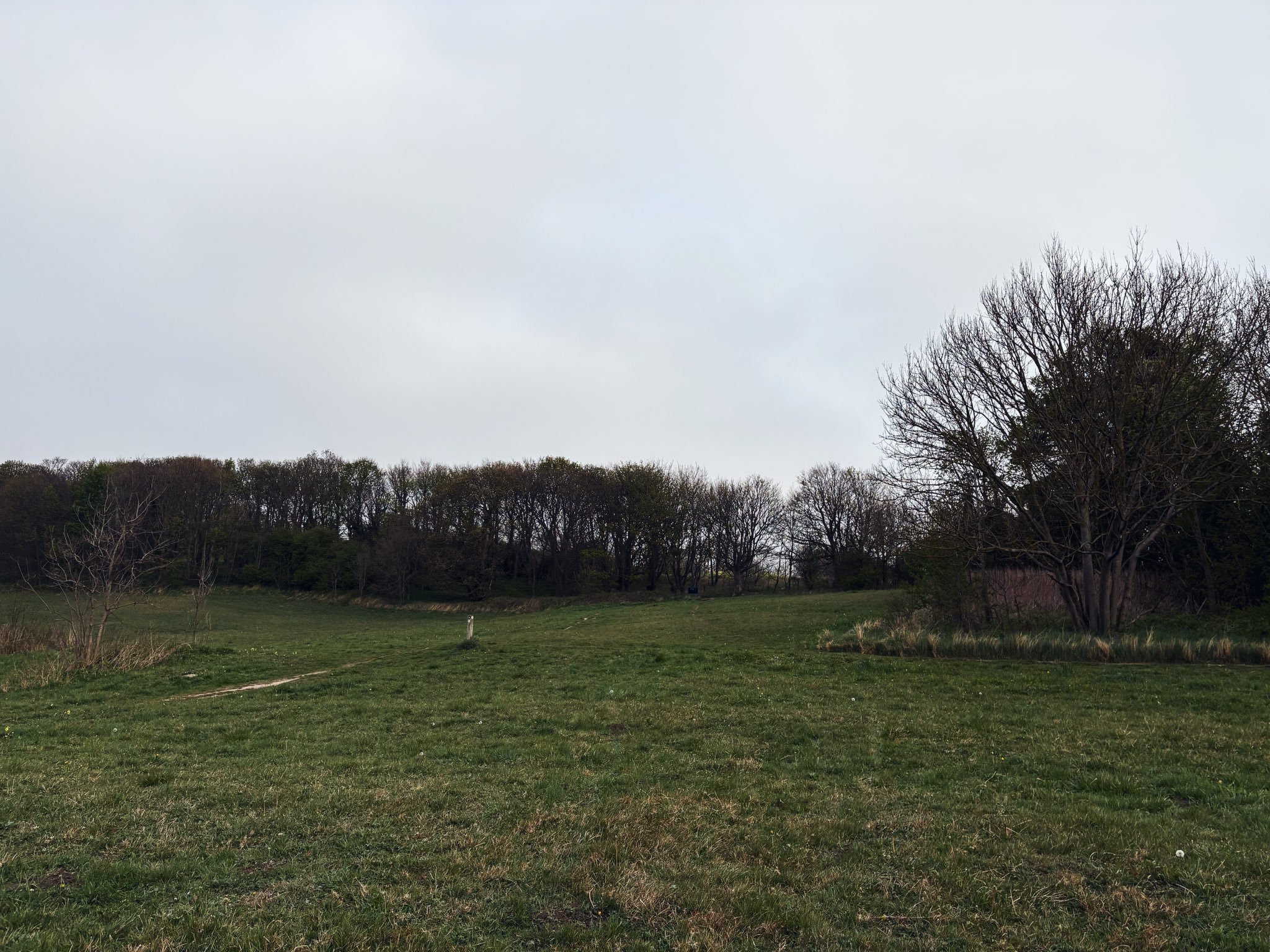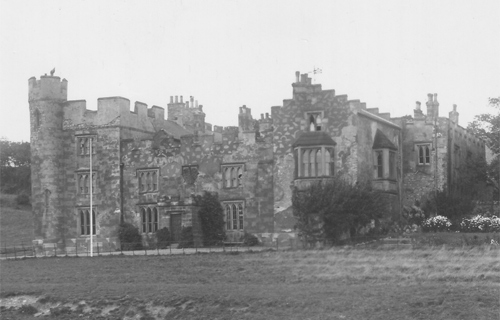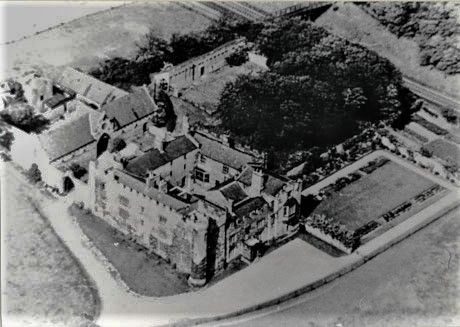
Easington
Hawthorn Tower
Last Updated:
5 May 2025
Easington
This is a
Country House
54.808109, -1.317650
Founded in
Current status is
Demolished
Designer (if known):
John Dobson

Now vacant land
This is the story of Hawthorn Tower, a cliffside country house between Seaham and Easington. It was first named Hawthorn Cottage, built in 1821 by John Dobson whose work stretches well beyond the Newcastle city boundaries.
The reason Dobson was commissioned for this building however is certainly Newcastle related as it was for Major George Anderson - the man who occupied vast amounts of what's now the city centre. Anderson Place was the biggest house in Newcastle and the estate stretched from Pilgrim Street to Newgate Street (with the very old building on Newgate Street the only remnant). Grainger then demolished the whole estate in 1834 to build Grainger Town.
Perhaps this was the reason he sought a house here, away from the hustle bustle and the ever industrialising town at the ripe age of 60. Dobson was a long standing friend, having already given him funds to construct St Thomas the Martyr at Barras Bridge and is very in his style - stoic, proportionate and quintessentially Georgian. It featured 22 rooms and extensive private gardens.
Anderson died in the 1830s, and his widow remained here for the rest of her life until the 1850s. From there it came into the ownership of the Pemberton family - a major landowner and industrial magnates in the early 19th century. Off the back of their fortunes from the new Wearmouth Colliery (the largest and deepest in the world upon opening) they moved to the Durham coast from Low Barnes, again away from the pollution and encroachment. Their land reached 3000 acres by purchase.
The Pemberton's owned it well into the 20th century. They had left prior however, instead letting it to multiple tenants from 1910 and was a naval hospital during the First World War. From the 1930s it was leased to the Boys Brigade & the King George's Jubilee Trust for camps, and in World War Two it was occupied by the Home Guard. There were tons of pillboxes and installations along the coast here, so it made for a perfect station close to somewhere practical to invade. Training also occurred here.
The Pemberton's put the property up for sale in 1949, having already decayed for years and accelerated by vandals and pilferers. A full inventory for sale included Georgian furniture, china, bookcases and mirrors. From there it simply decayed for the next two decades with, surprisingly very little fondness to be seen. It was demolished in 1969 after a partial collapse reportedly killed a man.
Listing Description (if available)


These Ordnance Survey maps illustrate Hawthorn Tower, previously known as Hawthorn Cottage, from the 1850s to the 1890s. You'll notice it greatly expanded with a northern extension between these dates, alongside a garden/plantation on the eastern portion. A few features missing from todays landscape is Hawthorn Quarry and the railway. Neither came about until the 1900s, though there were small scale lime quarries patched along the northern side of the Hawthorn Burn.

Great contract is seen on the may produced in the 1910s. Both the railway and the quarry were constructed, with a railway link into the quarry itself which took lime to Hartlepool Cement Works. Hawthorn Tower ended up directly adjacent to the railway, and a temporary station was constructed here in the 1910s. There are remains of the Rocket Station today within Hawthorn Burn which you can also see on the plan.

The site of Hawthorn Tower in April 2025, which is from exactly the same perspective as that below.

Hawthorn Tower around the 1930s or 40s. Heavily browed ridge and furrow is clear in the foreground, and plenty remains on the grounds today.
Unknown original source.

Aerial photograph of the grounds, likely in the 30s or 40s also. The railway is seen on the right.
Unknown original source.
